Data Subject Access Request Template Letter Guide
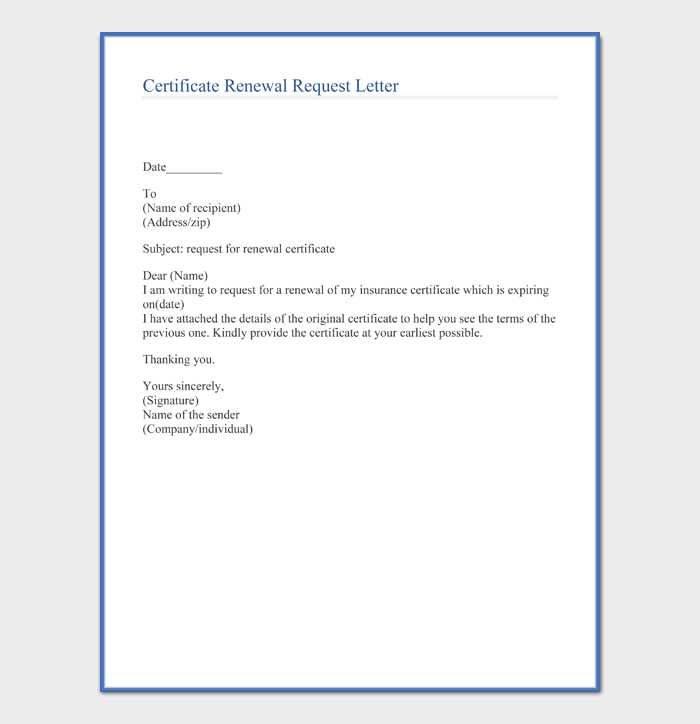
In today’s digital world, individuals have the right to know what personal data organizations collect and hold about them. This right allows individuals to review, correct, or request deletion of their information. By understanding the process, you can ensure transparency and accountability from those who store your data.
Crafting a formal request is the first step toward exercising this right. This involves writing a clear and structured document that specifies your demands, making it easier for the company to process your inquiry swiftly. It’s essential to understand the key elements that should be included to avoid any delays.
Whether you are unfamiliar with the process or need guidance on how to word your communication, this article will provide a comprehensive guide to creating a proper and effective document. Learn the best practices for submitting your inquiry to ensure your rights are respected and upheld.
What is a Data Subject Access Request
When individuals wish to know what personal information organizations have collected about them, they can take a formal approach to seek clarity and transparency. This process allows people to gain insight into how their details are used, stored, and processed by companies and institutions.
Right to Review Personal Information
Under privacy laws, individuals are granted the ability to inspect the information held by organizations. This right extends to all types of stored data, whether in digital or physical formats, and includes details about the purpose and use of the information. The process ensures that individuals can verify whether their data is being handled properly and in accordance with regulations.
How Organizations Respond to Inquiries
When a formal inquiry is made, organizations are required to provide a comprehensive response. This includes confirming whether any information is held, what specific data is stored, and how it is being used. The response must be provided within a specific time frame, ensuring individuals have the opportunity to review their information without unnecessary delays.
Understanding Your Right to Access Data
Individuals have the legal ability to know what personal information organizations store about them. This right is essential for ensuring transparency and protecting privacy. It empowers people to check how their personal details are being used, whether they are correct, and whether they are being kept securely.
The Legal Framework Behind Your Right
This right is enshrined in various privacy laws, such as the General Data Protection Regulation (GDPR) in Europe, which outlines the specific provisions that allow individuals to obtain their personal information from organizations. These regulations give individuals the ability to question the legitimacy of how their personal details are handled, request corrections, or even ask for their removal from certain records.
The Importance of Exercising This Right
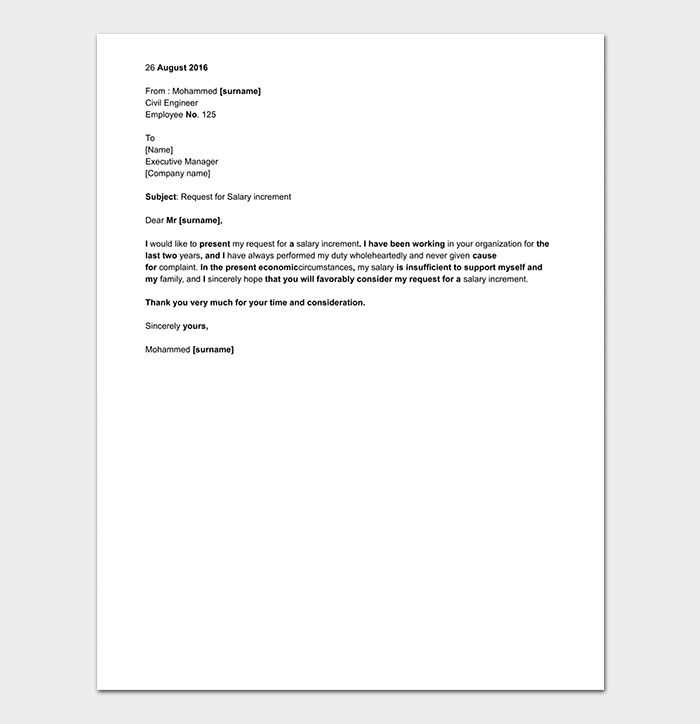
Exercising this right ensures individuals are informed about how their personal information is processed and whether it is used appropriately. This helps prevent misuse, discrimination, or unauthorized sharing. By knowing what data is held, individuals can make more informed decisions about their privacy and take necessary actions to protect their information.
How to Write a Request Letter
When you want to inquire about the personal information an organization holds about you, it’s essential to communicate clearly and effectively. A formal written document is the most appropriate way to initiate this process, ensuring your request is taken seriously and processed promptly. The key is to provide all necessary details to avoid delays and ensure a thorough response.
Key Elements to Include
Your communication should begin with a clear introduction, stating your intention to inquire about the information held. Be sure to include specific identifiers such as your full name, address, and any account or reference numbers that might help the organization locate your records easily. You should also clearly outline the type of information you are requesting and the purpose of your inquiry.
Important Tips for Clarity and Precision
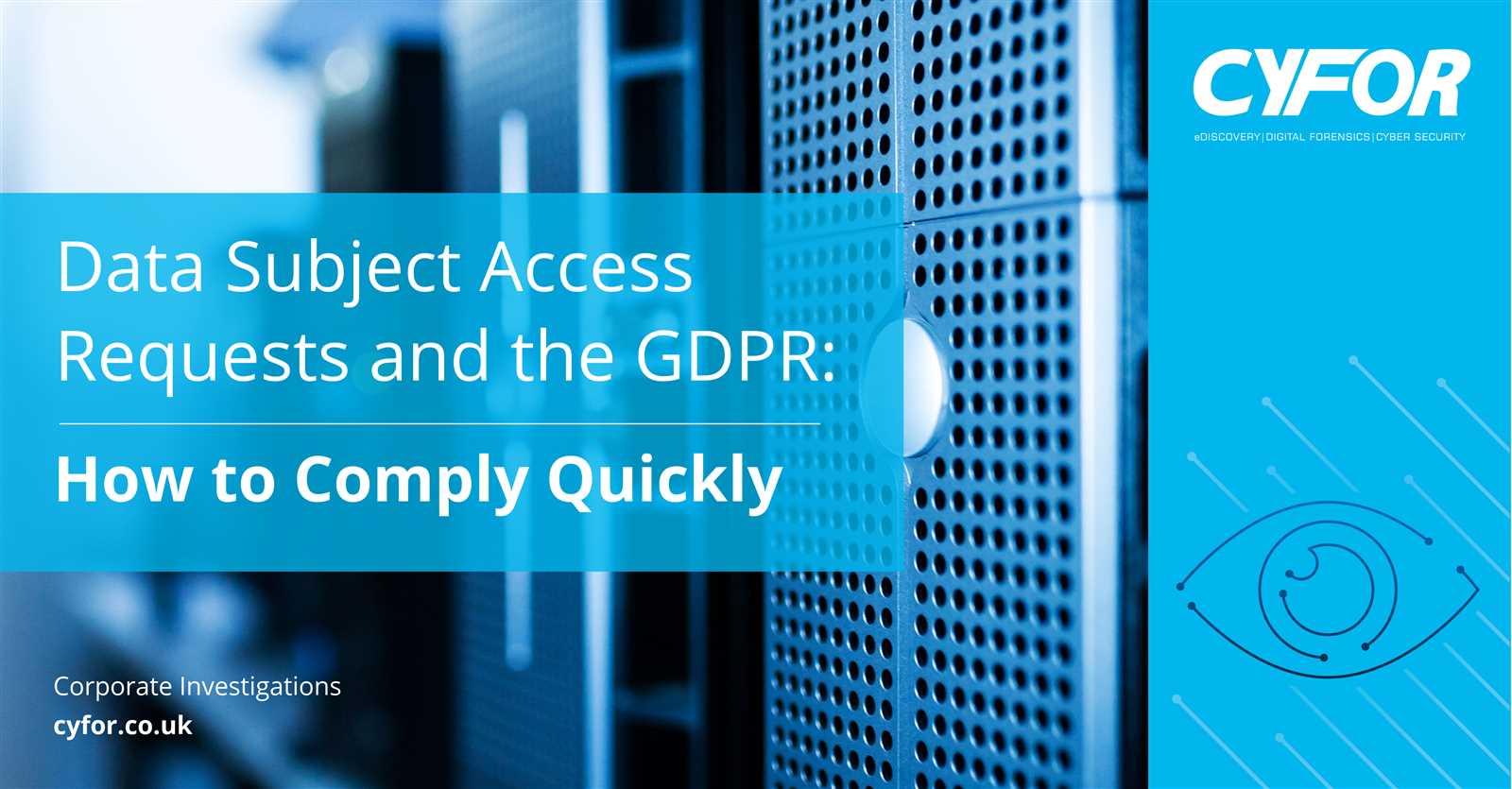
Keep your tone formal and respectful, ensuring that the document is structured logically. If you are requesting a correction or removal of any information, be specific about what needs to be changed and why. Being clear and concise reduces the chances of misunderstanding and ensures the organization understands exactly what you require.
Essential Information for Your Letter
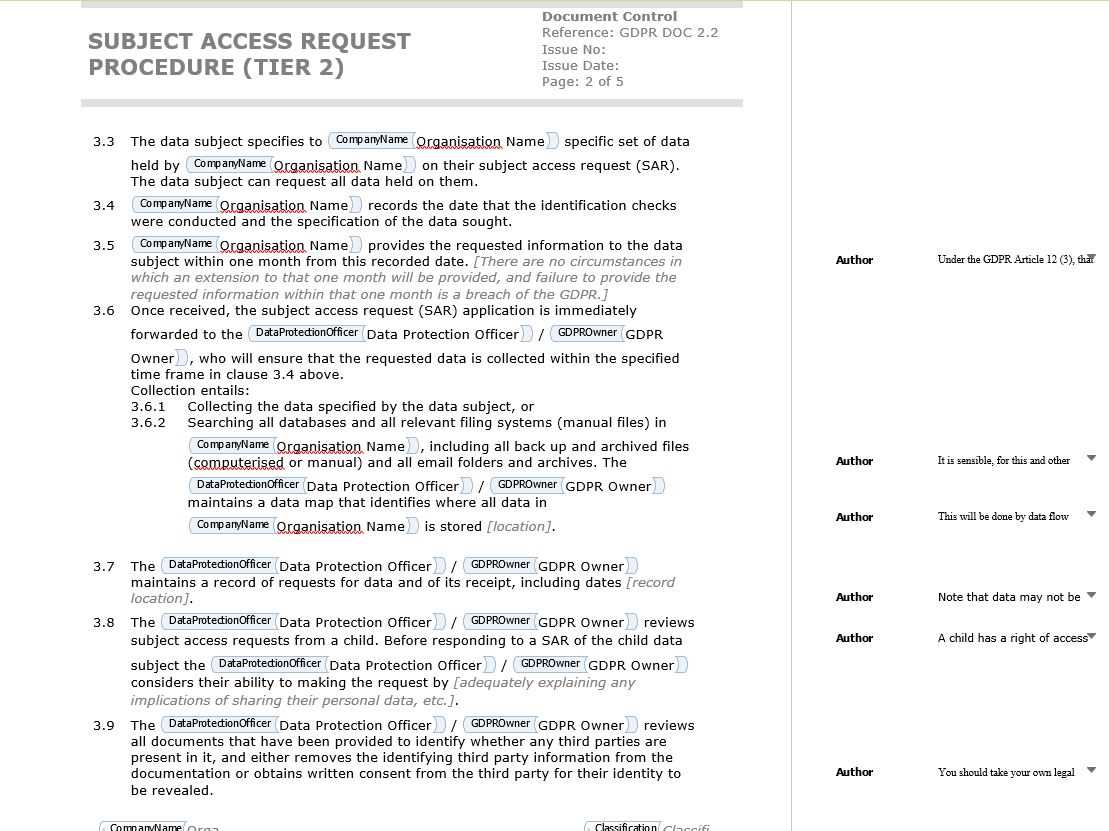
To ensure your communication is processed quickly and accurately, it’s important to include all the necessary details that will help the organization identify your personal information and understand your request. Missing or unclear information can result in delays or incomplete responses, so being thorough is crucial.
Personal Identification Details
Start by providing your full name, contact details, and any relevant identifiers, such as account numbers or membership IDs. This information allows the organization to locate your records quickly and verify your identity. Make sure these details are accurate and up-to-date to avoid confusion.
Clear Description of Your Request
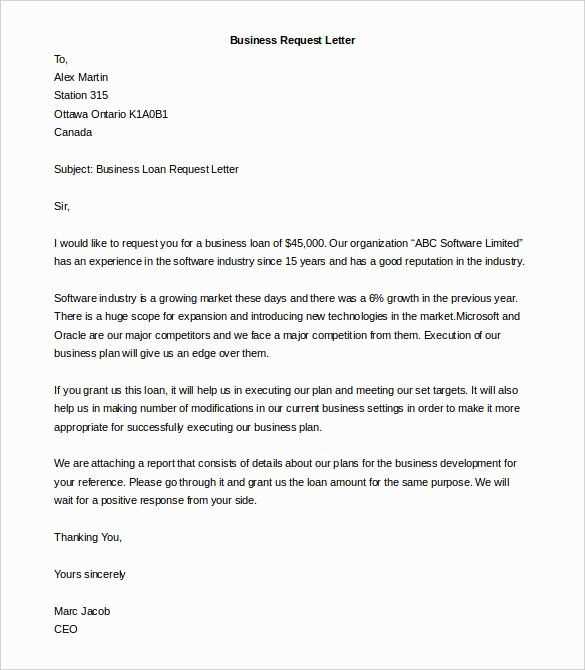
Clearly state what you are seeking. Whether you are asking for a copy of your records or requesting updates or deletions, be specific. If you are unsure of the exact information you need, explain the types of data you believe are held, and outline the purpose of your inquiry. Precision helps speed up the process and ensures the response is relevant to your needs.
Legal Requirements for Data Requests
When making an inquiry about your personal information, certain legal obligations must be met by both individuals and organizations. These regulations ensure that your rights are protected and that the process is fair and transparent. Knowing the rules will help you understand what you are entitled to and what the organization is required to provide.
Key Legal Guidelines for Organizations
Under various privacy laws, organizations must adhere to specific timeframes and procedures when responding to your inquiry. These laws ensure that your personal information is handled appropriately and that you receive a prompt and comprehensive response. Below is a summary of some important legal requirements:
| Requirement | Details |
|---|---|
| Time Limit for Response | Organizations must respond within 30 days of receiving a formal request, unless an extension is required. |
| Verification of Identity | The organization may need to verify your identity before providing any information, ensuring data security. |
| Information Provided | Organizations must provide a detailed record of the information they hold, including how and why it is used. |
| Fee Policy | Generally, organizations cannot charge a fee for responding to inquiries, except in rare cases involving excessive requests. |
These guidelines are in place to protect your privacy while ensuring organizations comply with the law. Being familiar with these requirements can help you effectively navigate the process and ensure your request is properly addressed.
Common Mistakes to Avoid in Requests
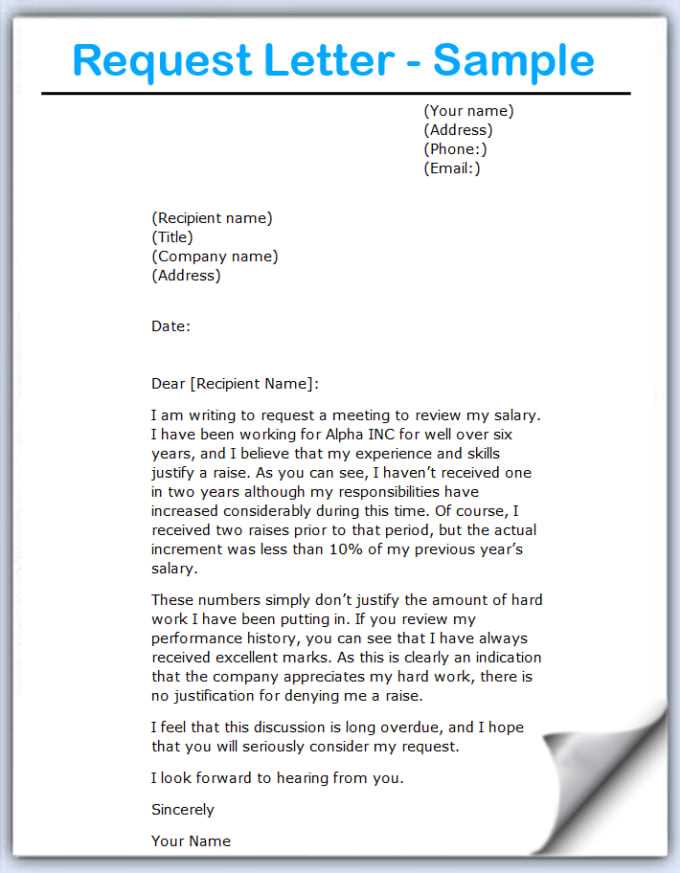
When seeking personal information from an organization, it’s crucial to ensure that your communication is clear and well-structured. Failing to include the correct details or overlooking important steps can lead to delays or incomplete responses. To help ensure that your inquiry is processed efficiently, here are some common mistakes to avoid:
- Missing Personal Identifiers – Not providing enough identifying information, such as your full name or account number, can slow down the process or result in your request being ignored.
- Unclear Purpose – Failing to specify the reason for your inquiry or not describing what exactly you are seeking can lead to confusion and a vague response.
- Omitting Relevant Dates – If you need information related to a specific time period, make sure to include the relevant dates to help the organization pinpoint the records more accurately.
- Inadequate Contact Information – Always include your current contact details so that the organization can easily reach you with follow-up questions or responses.
- Too Vague or General Requests – Avoid asking for “all the information” or being overly broad in your request. Be specific about the types of details you want to review or update.
By avoiding these common pitfalls, you ensure that your inquiry is clear, precise, and actionable, leading to faster and more accurate responses from the organization.